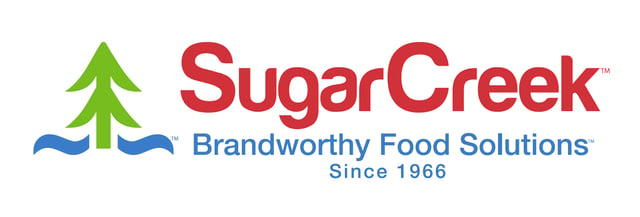 The food industry is quickly being reshaped by the rapid confluence of new science, consumer trends, and big data. Think about how far we've come in just the past 20 years: food e-commerce, nutrition blogs, the proliferation of sustainable sourcing and recycled packaging. We've seen advances in food product development that would have been unimaginable a few short decades ago.
The food industry is quickly being reshaped by the rapid confluence of new science, consumer trends, and big data. Think about how far we've come in just the past 20 years: food e-commerce, nutrition blogs, the proliferation of sustainable sourcing and recycled packaging. We've seen advances in food product development that would have been unimaginable a few short decades ago.
So what does this year hold in store? Where can we continue to improve? In what areas are more innovations sorely needed? Well, there are three areas in which we foresee see big developments in the near future.
1.) The Ever-improving World of Food Safety.
As real-time data gathering and analysis becomes more robust and more universal, we should see vast improvements in food safety— especially as mobile devices and appliances become increasingly interconnected in the predicted "Internet of Things."
Imagine a supply line in which a series of sensors track fluctuations in storage temperature and detects molds, pathogens and gasses that are the byproducts of decay, then remotely alerts distribution managers to developing hazards. Imagine farm implements that could detect pests, pathogens and foreign material in the middle of the harvest, then divert and reject suspect produce before it reaches even the initial stages of the processing line?
Or imagine databases that track every item from package date, to shelf date, to expiration date, then automatically dispatch robots or mini-drones that could move through a store and pull expiring items from the shelves.
If food hazards can be identified in real-time, better and earlier interventions can be made to assure safety and reduce ancillary waste. Instead of recalls of entire batches of product, we might soon have the capability of stopping any and all contaminated batches from reaching the final packing stage.
2.) The Evolution of the Consumer's Role in Food Product Development.
Consumer input has always driven the market, but never before have we had so much immediate access to shifting consumer moods. The Internet, social media platforms and a 24/7 news cycle have forced food producers to reduce their tendency toward high inertia, and to become more flexible on the fly.
Food fads seem to come and go faster now. Where the low-fat craze lasted from the last half of the 1980s all the way through the 1990s, in the last decade, we've seen the advent and wane of low-carb, low-sugar, gluten-free, paleo, the food truck frenzy and more. Food companies need to pay very close attention to their segments and use social media trend analysis to predict— and get ahead of— changes on the prevailing cuisine zeitgeist.
3.) The Encouragement of Young Entrepreneurship.
Food trucks aside, some in the food services industry are concerned that there is an ongoing brain drain as young people have become increasingly turned off by historic working conditions. Low wages and long hours among servers, middle managers and line associates are particularly unattractive to members of the Millennial generation, so many younger adults have eschewed the food services industry as a career possibility.
But food science and data technology applications are proving to be hot areas for Millennial entry into the industry. As restaurateurs and food CEOs increasingly embrace tech solutions for efficiency improvement, waste reduction and food product development, younger adults are finding new, professional opportunities in the food industry. The industry should foster that trend and actively court new grads. It should also stoke interest and experiential learning among non-collegiate professionals, undergrads and high school students by improving work-life balance, offering more competitive compensation and offering better benefits on the service line.
2015 will certainly be an interesting year for the food industry.
It's up to entrepreneurs and food company executives to keep close tabs on the latest technological developments and food trends, then seek ways to apply new innovations to the food development and production process. Given the accelerating rate of change in the industry, it's hard to forecast what the food services landscape will look like 10 years from now.







